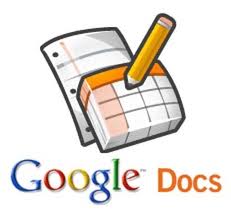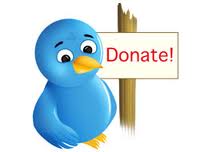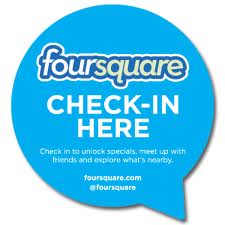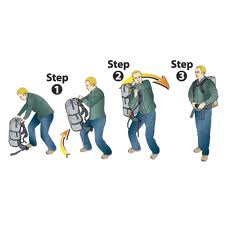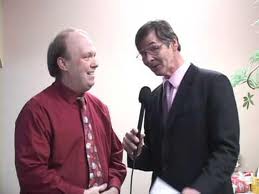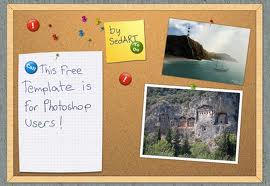 One of my dear friends recently joined the blogosphere. His name is John Greco, and he is an organizational development professional. His blog — “johnponders~ about life at work” — deals with issues like change, leadership, organizational structure, culture, and communication. Needless to say, I subscribed right away because I can listen to John talk about these things all day long. But then it struck me! Non-profit organizations deal with these issues every single day.
One of my dear friends recently joined the blogosphere. His name is John Greco, and he is an organizational development professional. His blog — “johnponders~ about life at work” — deals with issues like change, leadership, organizational structure, culture, and communication. Needless to say, I subscribed right away because I can listen to John talk about these things all day long. But then it struck me! Non-profit organizations deal with these issues every single day.
So, an idea was born. Every Friday for the foreseeable future, I will pick one of my favorite blog posts from johnponders~ about life at work and extrapolate on it from a non-profit perspective over here at DonorDreams blog. Thus, we should all now refer to Fridays as “O.D. Fridays”. 😉
Today, I want to talk about one of John’s posts titled: “The High Wire Act of Organizational Change“. When reading it, I found myself thinking about all the planning processes I’ve been a part of throughout the years (e.g. strategic planning, resource development planning, annual campaign planning, board development planning, succession planning, etc).
In my opinion, the common denominator to ALL planning processes is “CHANGE,” which many people seem to be allergic to undertaking. I wonder if it genetic or biological . . . hmmmm?
 With so many non-profit organizations always stretching resources, it seems like many agencies are constantly trying to undertake some kind of change initiative (e.g. adding a program because of a grant, bringing on new board members, etc).
With so many non-profit organizations always stretching resources, it seems like many agencies are constantly trying to undertake some kind of change initiative (e.g. adding a program because of a grant, bringing on new board members, etc).
Whenever I’ve participated in planning processes, I’ve noted exactly what John references in his post. There is a dynamic tension between “preserving order” and “striving for change”. It is those non-profit professionals who can walk this fine line that always seem to be successful. When I think about what I see those successful individuals doing, they always seem to be operating with a plan on how to conduct a planning process. With this in mind, I’ve decided to share with you the “Six-Stage Process for Leading Change” that I once learned about at a Linkage training (source: predicated on the work of John Kotter and the works of Kouzes and Posner, Bennis, and Sayles):
- Make the case for change
- Enlist stakeholders to develop a vision and strategy
- Communicate the vision and strategy
- Remove barriers
- Set milestones and acknowledge progress
- Reinforce change
 When you start a planning process at your agency, do you do so with a plan? To John’s point, how do you try to “preserve order amid change” AND “preserve change amid order”??? Please scroll down and use the comment section to share your thoughts, experiences and questions.
When you start a planning process at your agency, do you do so with a plan? To John’s point, how do you try to “preserve order amid change” AND “preserve change amid order”??? Please scroll down and use the comment section to share your thoughts, experiences and questions.
Oh yeah, by the way . . . if you have room in your inbox or RSS feed for one more blog, I strongly encourage you to flip over and subscribe to johnponders~ about life at work. I promise that you won’t be disappointed (and he doesn’t bite). 😉
Here’s to your health!
Erik Anderson
Founder & President, The Healthy Non-Profit LLC
www.thehealthynonprofit.com
erik@thehealthynonprofit.com
http://twitter.com/#!/eanderson847
http://www.facebook.com/eanderson847
http://www.linkedin.com/in/erikanderson847








